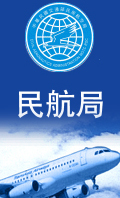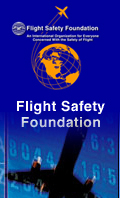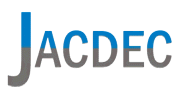|
و،è؟ژه…‰è‡¨ 飛ه®‰ه®£ه°ژçں片
|
ن؛؛و°£328
While the development of self-driving cars has grabbed headlines, another industry is undergoing rapid development due to automation technology - aviation. Even in the most automated aircraft, pilots manage a daunting number of interfaces and a flood of information. In an attempt to alleviate pilot workload, the Defense Advanced Research Projects Agency (DARPA) is working with the aviation industry to develop the Aircrew Labor In-Cockpit Automation System (ALIAS) program. In addition to aiding pilots, the goal of the program is to enhance mission performance and improve aircraft safety and reliability through advances in automation technology. Sikorsky, a Lockheed Martin company, recently won the contract for Phase 3 to "improve and expand the capabilities developed through a tailorable autonomy kit for installation in both fixed-wing airplanes and helicopters," according to a press release.
How Does It Work?
The ALIAS project uses Matrix, "a capability toolkit that includes hardware and software as well as multi-spectral sensors that enable scalable automation." In the first two phases of the program, Sikorsky integrated its Matrix Technology into both a Sikorsky's Autonomy Research Aircraft (SARA) helicopter and a Cessna Caravan fixed-wing aircraft.
With the ability to fit under the cabin and in the airframe of fixed-wing aircraft and helicopters, the Phase 2 demonstration system "quickly connects to an aircraft's existing mechanical, electrical, and diagnostic systems" and can be removed just as easily, as reported by DARPA News. Using ALIAS, the pilot can simply tap or swipe a tablet to control the aircraft, and can use the same device to control any ALIAS-equipped airplane or helicopter.
The program proceeded to Phase 3 after successful ground demonstrations showed that ALIAS could respond to simulated flight contingency events like system failures. According to Scott Wierzbanowski, DARPA program manager, "In Phase 3, we plan to further enhance ALIAS' ability to respond to contingencies, decrease pilot workload, and adapt to different missions and aircraft types." He goes on to state that in the future, they "hope to design for and demonstrate the improved ALIAS system across as many as seven previously untested fixed- and rotary-wing platforms."
Improving Aviation Safety
Ultimately, the goal of the ALIAS program is to develop automation technology that allows operators to fly aircraft safely and reliably with one to two crew members onboard, improving their confidence and decision-making capabilities.
With the recent rapid advances in automation technology, perhaps self-flying aircraft will take to the skies before self-driving cars are common on the highways.
ن؛؛و°£328
|
وگœه°‹
飛ه®‰ه°ڈهچڑه£« èˆھç©؛ن؛¤é€ڑç®،هˆ¶è² 責與飛è،Œه“،و؛é€ڑه’Œç¶وŒپ飛و©ںè·é›¢ï¼Œç¢؛ن؟飛و©ںن¸چوœƒه› ç‚؛ه¤ھوژ¥è؟‘而ه°ژ致相و’م€‚而èˆھç®،ه“،è¦په¾—çں¥é£›و©ںن½چ置,需è¦پ由飛è،Œه“،وڈگن¾›ï¼Œوˆ–وک¯هœ¨è¼ƒه¤§ه‹و©ںه ´è£،çڑ„é›·éپ”ن¸çœ‹هˆ°é£›و©ںن½چç½®م€‚ ç¶هں؛百科 |




 01-20 و³‰ه·ç›´هچ‡و©ںه¢œèگ½ 3ن؛؛ه...
01-20 و³‰ه·ç›´هچ‡و©ںه¢œèگ½ 3ن؛؛ه...







